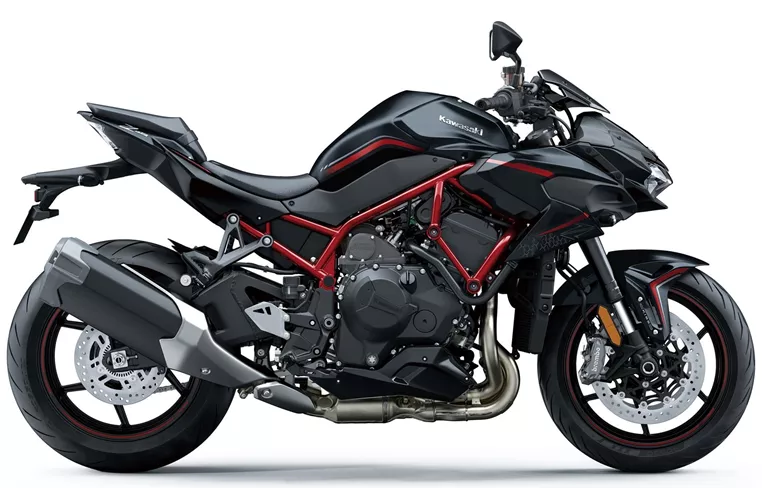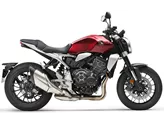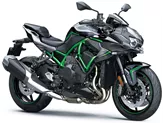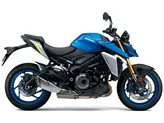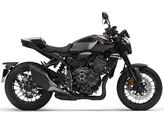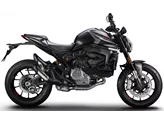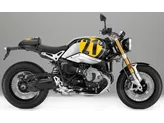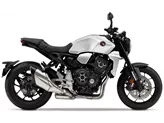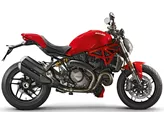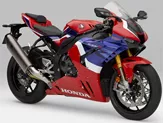Honda CB 1000 R 2018 vs. Kawasaki Z H2 2020

Honda CB 1000 R 2018
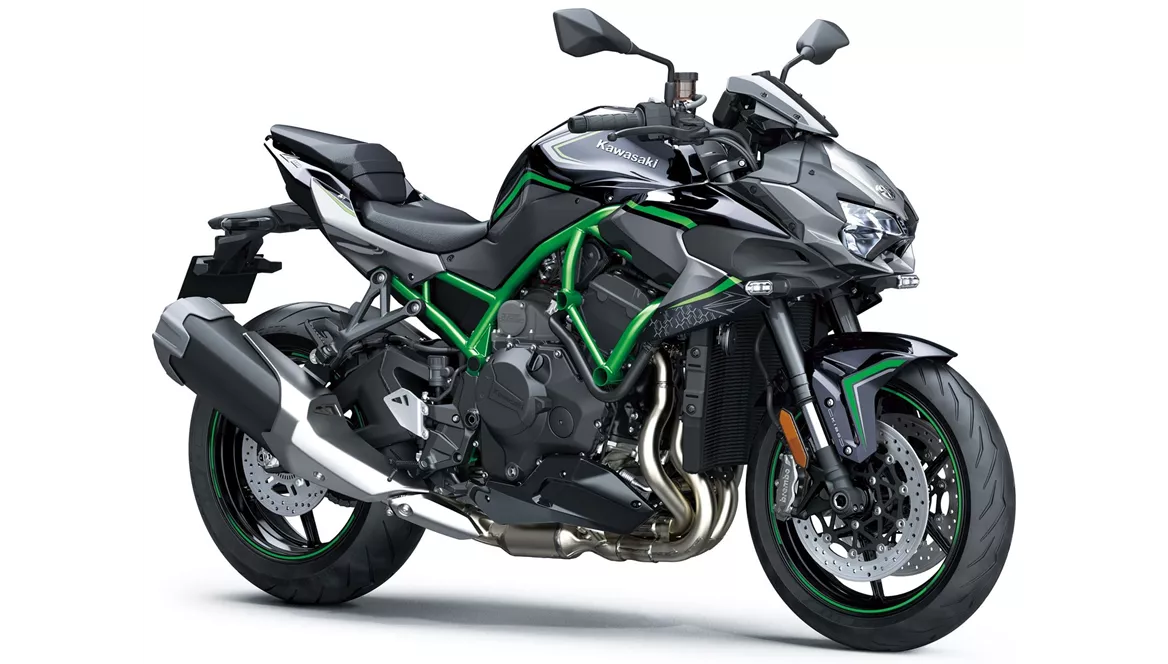
Kawasaki Z H2 2020
Overview - Honda CB 1000 R 2018 vs Kawasaki Z H2 2020
The Honda CB 1000 R 2018 and the Kawasaki Z H2 2020 are both naked bikes with similar engine types, engine power, torque, fuel systems, cylinders, cooling, and displacements. However, there are several differences between the two models.
In terms of suspension, both bikes feature upside-down telescopic forks at the front, but the Honda CB 1000 R 2018 has a single swing arm at the rear, while the Kawasaki Z H2 2020 has a swing arm. Both bikes have Showa suspension components, and they offer adjustments for compression, preload, and rebound.
When it comes to the chassis, the Honda CB 1000 R 2018 has a steel frame with a backbone design, whereas the Kawasaki Z H2 2020 has a steel frame with a tubular design.

Honda CB 1000 R 2018
In terms of braking, both bikes have double disk brakes at the front with four pistons. The Honda CB 1000 R 2018 has a brake diameter of 310 mm, while the Kawasaki Z H2 2020 has a larger brake diameter of 320 mm. The Kawasaki Z H2 2020 also features radial and monoblock technology for its front brakes.
In terms of advanced rider assistance systems, both bikes offer ABS, riding modes, and traction control. However, the Kawasaki Z H2 2020 has additional features such as cornering ABS, launch control, ride by wire, quickshifter, and anti-wheelie.
Both bikes have similar dimensions and weights, with a front tire width of 120 mm, a rear tire width of 190 mm, a wheelbase of 1455 mm, a seat height of 830 mm, and a fuel tank capacity of 16.2 l for the Honda CB 1000 R 2018 and 19 l for the Kawasaki Z H2 2020. The Honda CB 1000 R 2018 has a kerb weight of 212 kg, while the Kawasaki Z H2 2020 has a slightly higher kerb weight of 239 kg.
In terms of equipment, both bikes have LED headlights. The Kawasaki Z H2 2020 also features LED daytime running lights and a TFT display.
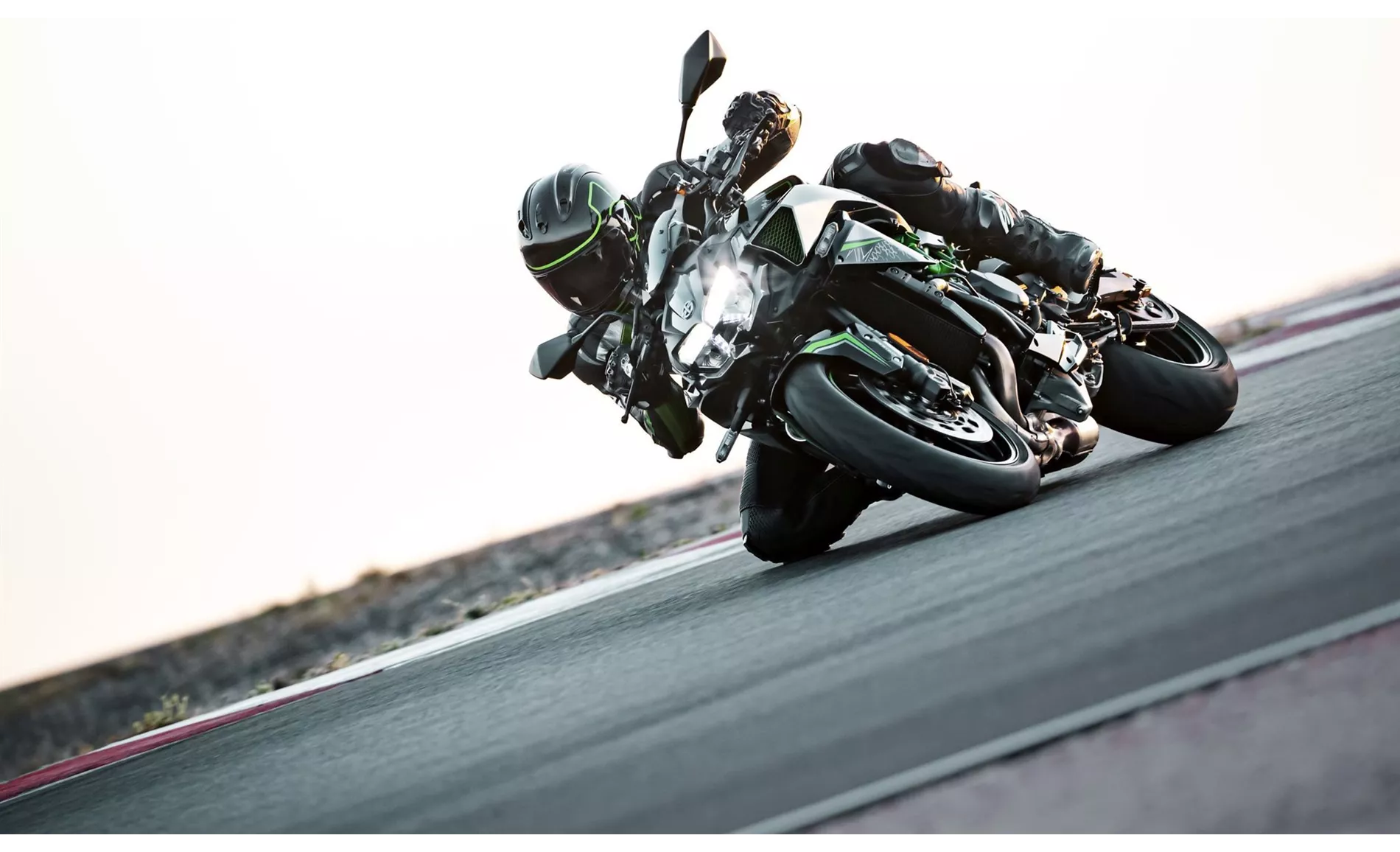
Kawasaki Z H2 2020
The Honda CB 1000 R 2018 is praised for its fabulous response in every engine situation, comfortable and sporty feel, precise and smooth transmission, precise lines due to its immaculate drive unit and good chassis, and high-quality details. However, it has some weaknesses such as a display that is not perfectly readable in direct sunlight and potential space problems for tall riders with their knees at the tank.
On the other hand, the Kawasaki Z H2 2020 is praised for its incomparable engine with full power, easy-to-control power unit, pleasant seating position, high riding comfort for a naked bike, quiet but charismatic sound, stable and transparent handling, and carefree everyday riding. However, it has some weaknesses such as a quickshifter that makes interventions that take too long, a suspension strut that becomes a bit spongy during sporty riding, and a lack of exclusive components for an exclusive motorcycle.
In conclusion, both the Honda CB 1000 R 2018 and the Kawasaki Z H2 2020 have their strengths and weaknesses. The Honda CB 1000 R 2018 offers precise and comfortable riding with high-quality details, while the Kawasaki Z H2 2020 provides a powerful and easy-to-control engine with a comfortable riding position. Ultimately, the choice between the two models depends on the rider's preferences and priorities.
Technical Specifications Honda CB 1000 R 2018 compared to Kawasaki Z H2 2020
Pros and Cons in comparison
Pros and Cons in comparison
Honda CB 1000 R 2018

Honda calls the model series "Neo Sports Cafe", and the CB 1000 R lives up to the fresh name. The style is new, different and not only visually but also haptically very successful. The "sport" is not neglected in the new model either. The engine has a wonderful torque curve and accelerates the machine with fine control and vehemence at the same time. All this comes in the "+" version with good equipment and technical precision made in Japan in the form of a great riding machine in the showrooms. A great motorbike!
Kawasaki Z H2 2020
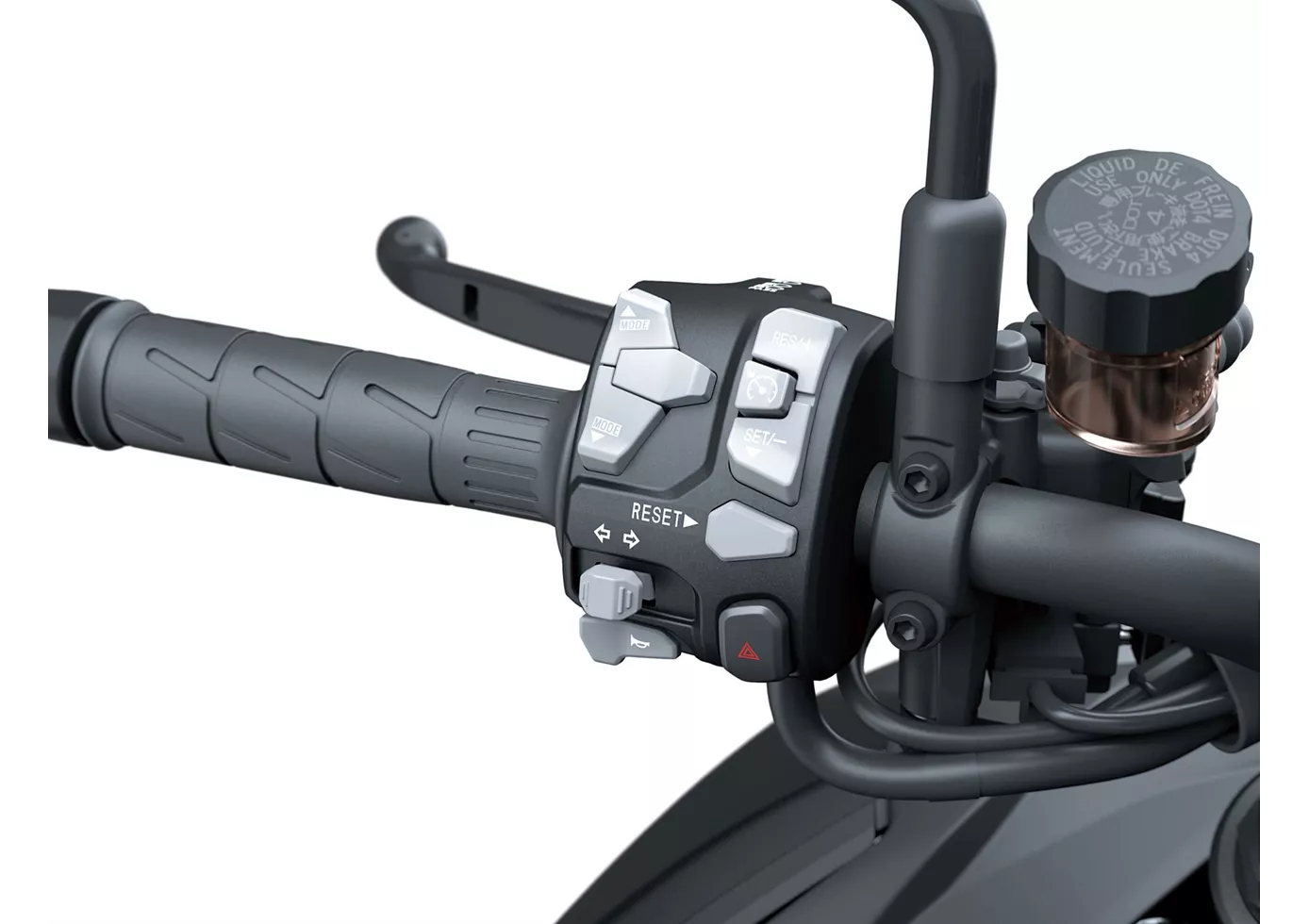
The fascinating power unit of the Kawasaki not only inspires as a motif for quartet cards or at the regulars' table. The engine is made for practical use. In the saddle of the bike, you can enjoy the thrust in every situation. Commands from the throttle are implemented directly, intensively but also controllably. However, the bike is not an athletic sportsman but a beefy naked bike. It always scores when sovereignty and power are required.
Price Comparison Avarage Market Price Honda CB 1000 R vs Kawasaki Z H2
There are a few key differences between a Honda CB 1000 R 2018 and a Kawasaki Z H2 2020. In terms of price, the actual average price of a Kawasaki Z H2 2020 is about 44% higher. Compared to Kawasaki Z H2 2020 there are more Honda CB 1000 R 2018 bikes available on the 1000PS.de Marketplace, specifically 16 compared to 10. It takes less time to sell a Honda CB 1000 R with 113 days compared to 148 days for a Kawasaki Z H2. Since model year 2008 1000PS.de editors have written 42 reviews for the Honda CB 1000 R and 14 reviews for the Kawasaki Z H2 since model year 2020. The first review for the Honda CB 1000 R was published on 06/11/2007 and now has more than 10,400 views. This compares to more than 82,500 views for the first review on Kawasaki Z H2 published on 10/10/2019.

